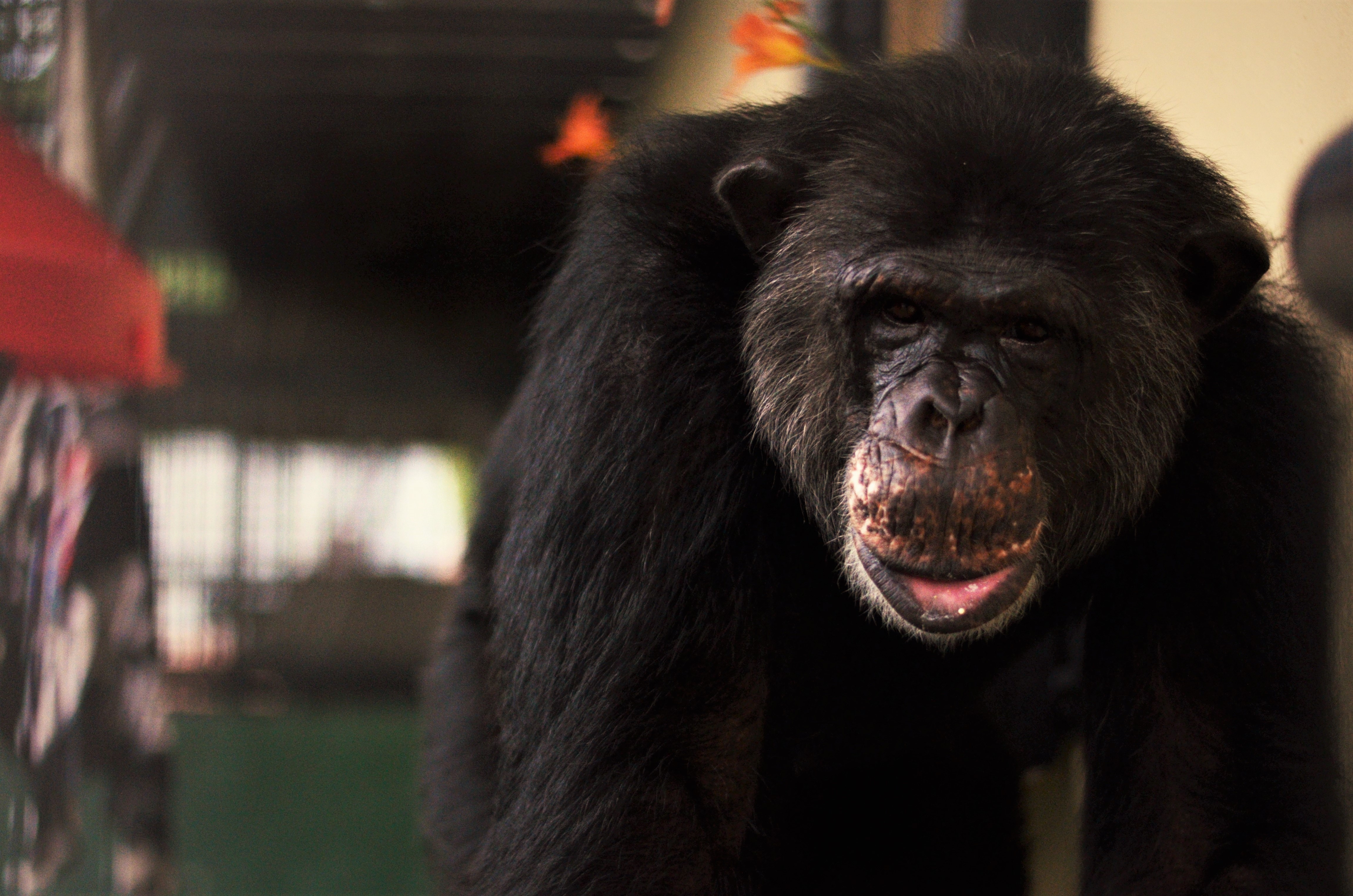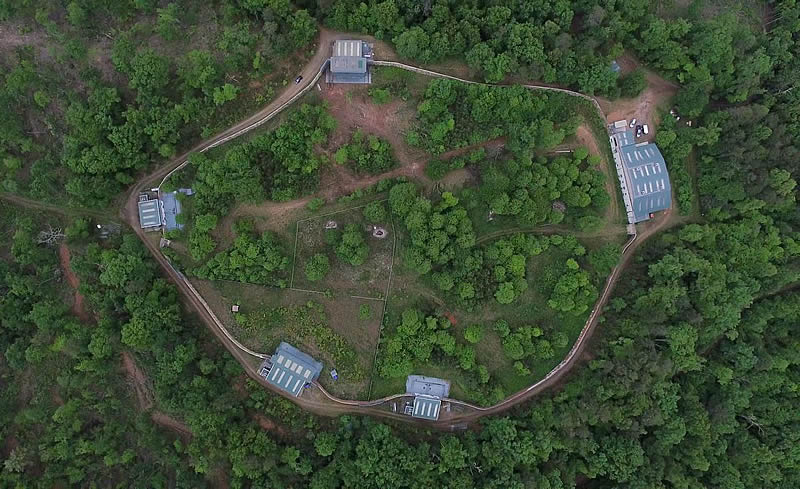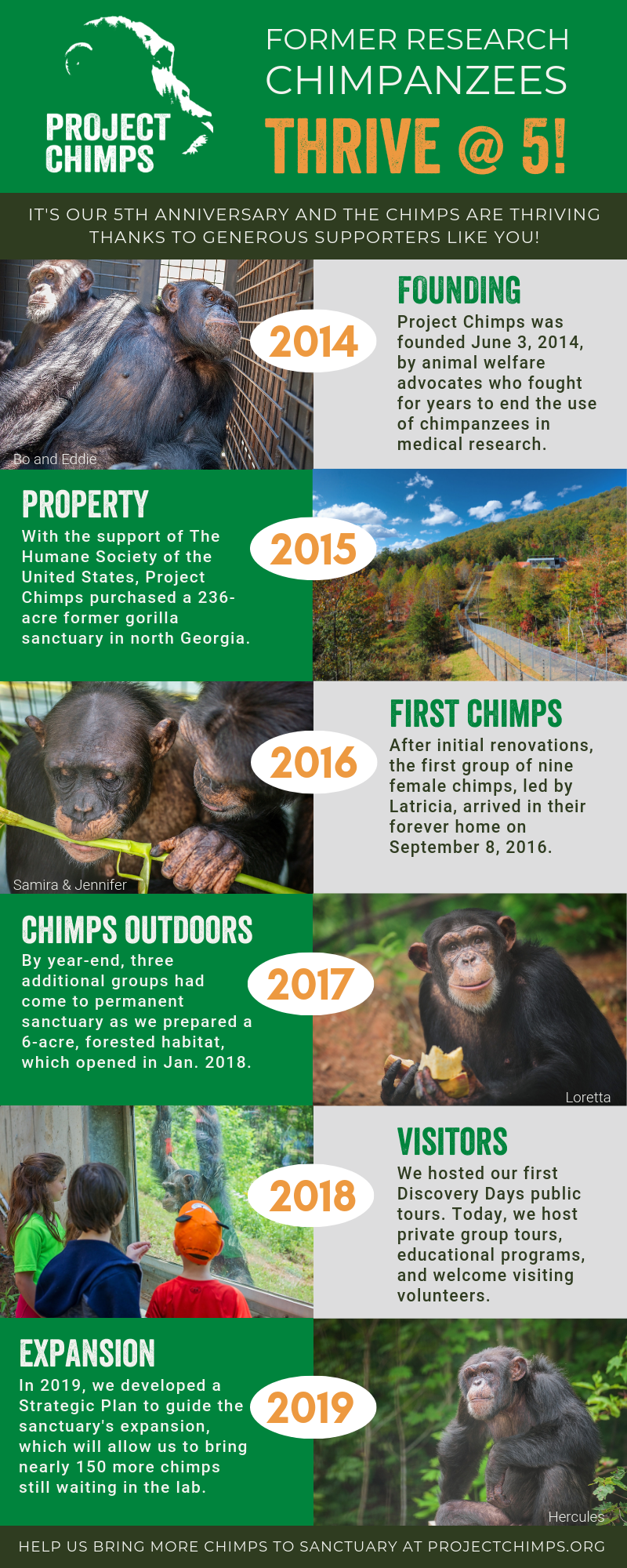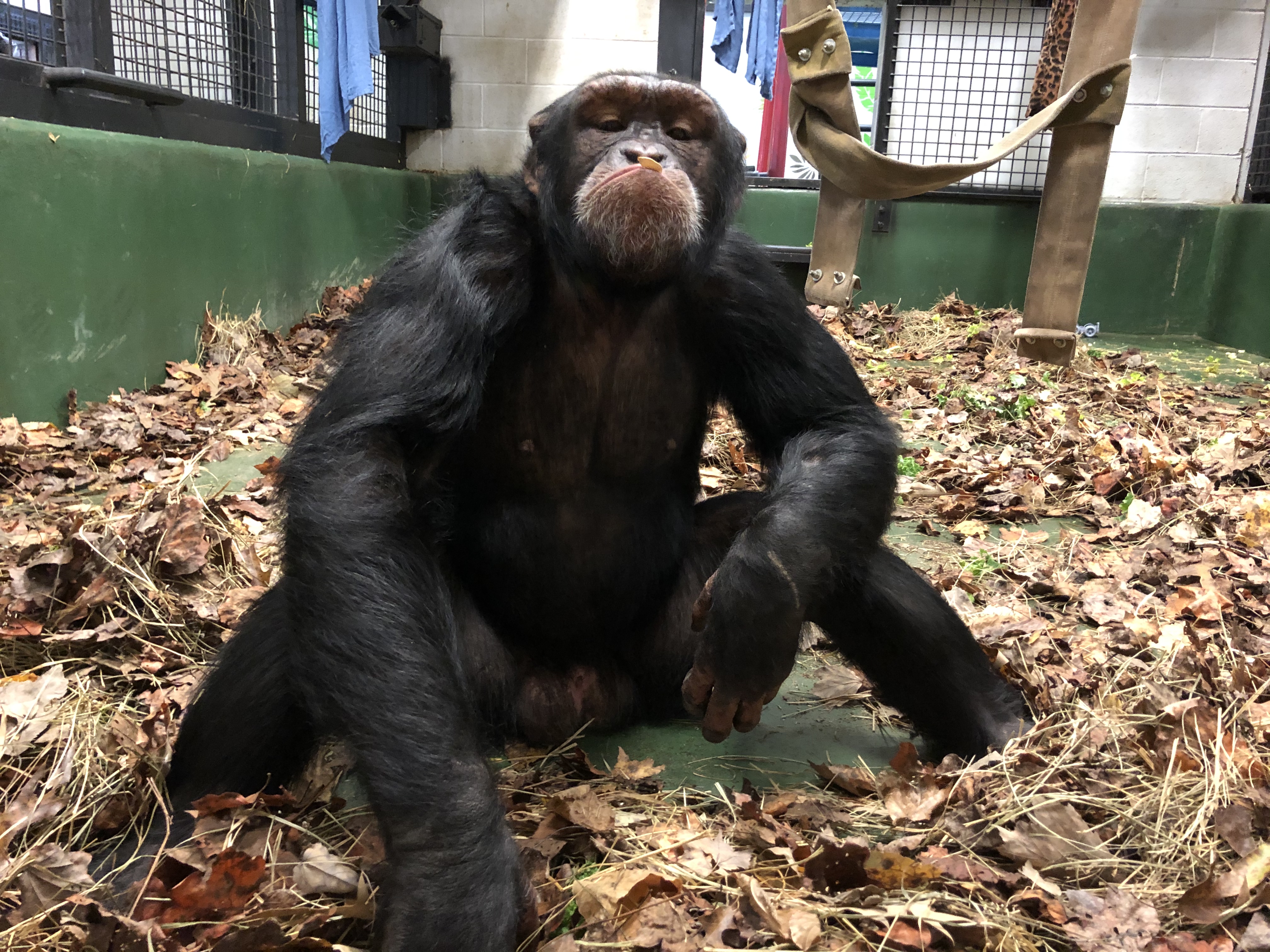2019 marked the 5th year since our founding. Former research chimps are thriving. Help us get the rest of them here.
Project Chimps-the newest sanctuary in the U.S. for former medical research chimpanzees marks its 5th Anniversary
June marks the 5th Anniversary of Project Chimps-the newest chimpanzee sanctuary in the United States founded to provide lifelong exemplary care to more than 200 former research chimpanzees.
June 3, 2014 is the anniversary of our founding. Project Chimps would go on to negotiate an unprecedented agreement with the New Iberia Research Center, a medical research facility housing the largest population of privately-owned chimpanzees in the world, to bring all of their chimps to a permanent sanctuary.

"One day, our dream will be realized and we'll wake up to a brand new day with true sanctuary for each and every one of those chimpanzees." - Bruce Wagman.
Project Chimps was founded by Bruce Wagman, a prominent animal protection lawyer, and a small group of passionate advocates and generous donors.
5 Things You Can Do To Help The Chimps

Project Chimps’ first phase includes the Peachtree Habitat, a six-acre forest surrounded by five chimpanzee villas.
Our Vision
“Our vision is to create a 25-acre network of interconnected outdoor habitats and cross-campus structures to provide chimps with dynamic opportunities to travel and explore as their cousins in the wild-giving the retired chimps autonomy to make choices on where, how, and with whom to spend their time,” said Project Chimps Executive Director, Ali Crumpacker.
“We’ve come a long way since our founding in 2014, but as you can imagine, this is huge yet necessary endeavor for these retired chimps,” added Crumpacker.
Project Chimps is located on 236 acres of forested land in the Blue Ridge Mountains of north Georgia, has completed Phase I of its Project which includes a 6-acre, outdoor habitat for the chimps to forage, climb and play with no caging overhead and five villas which include a multi-story, open air “porch” and a climate-controlled interior “bedroom” for the chimps.
In the future, the sanctuary will include three additional habitats as part of a Phase Two capital expansion.


